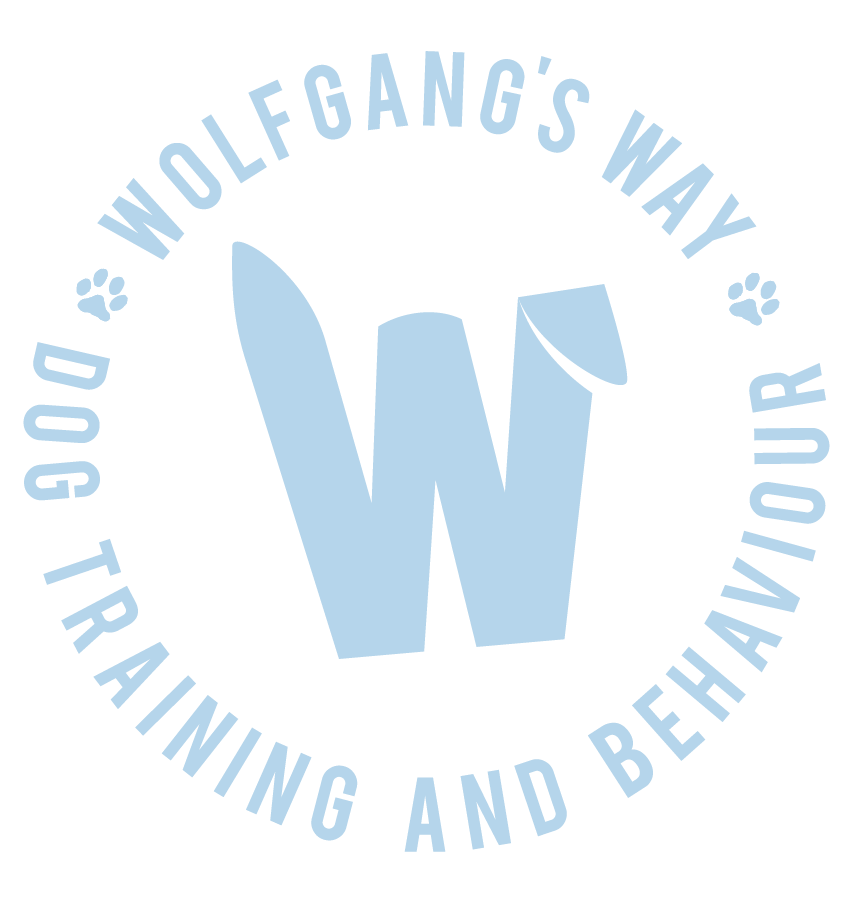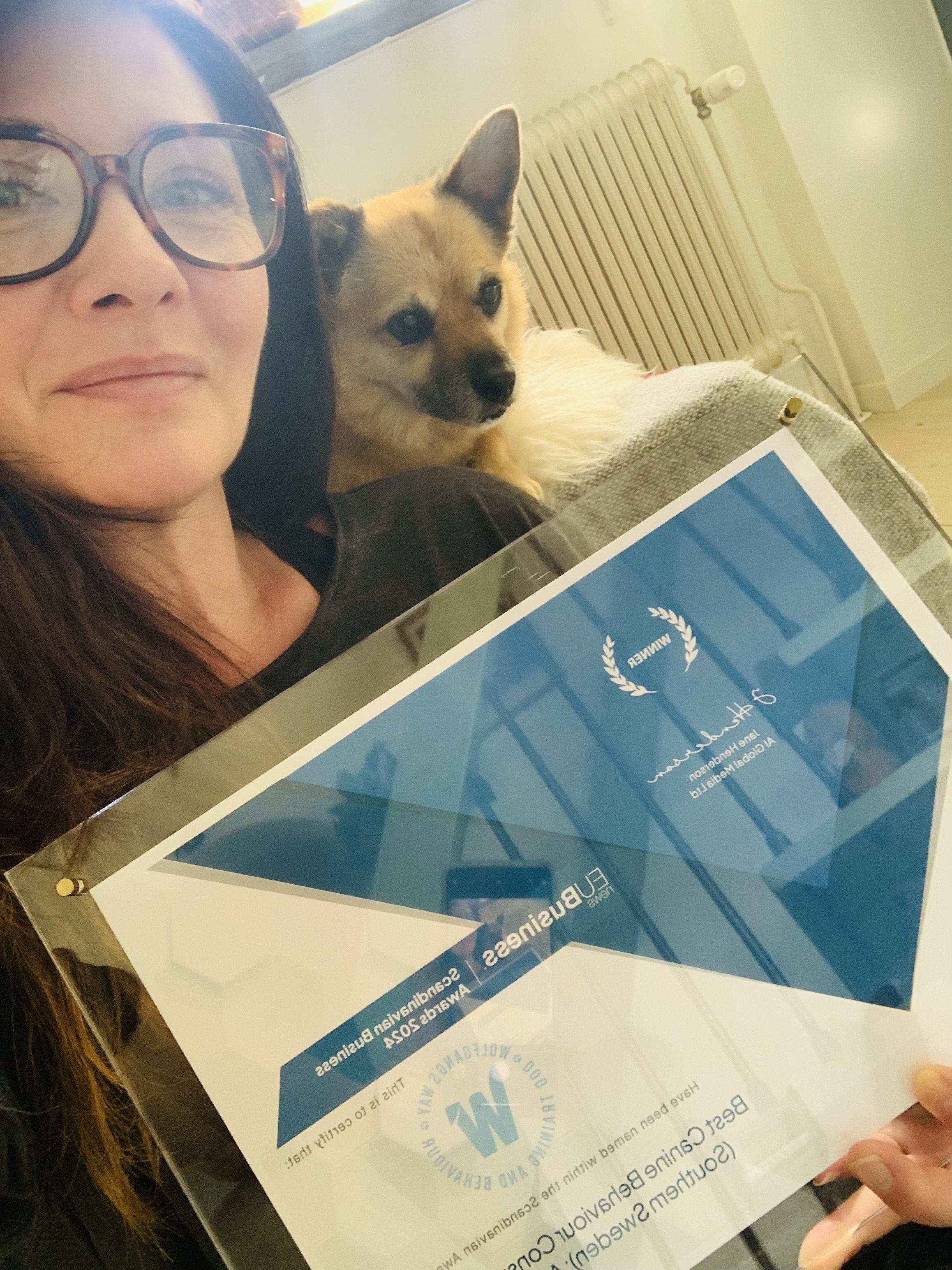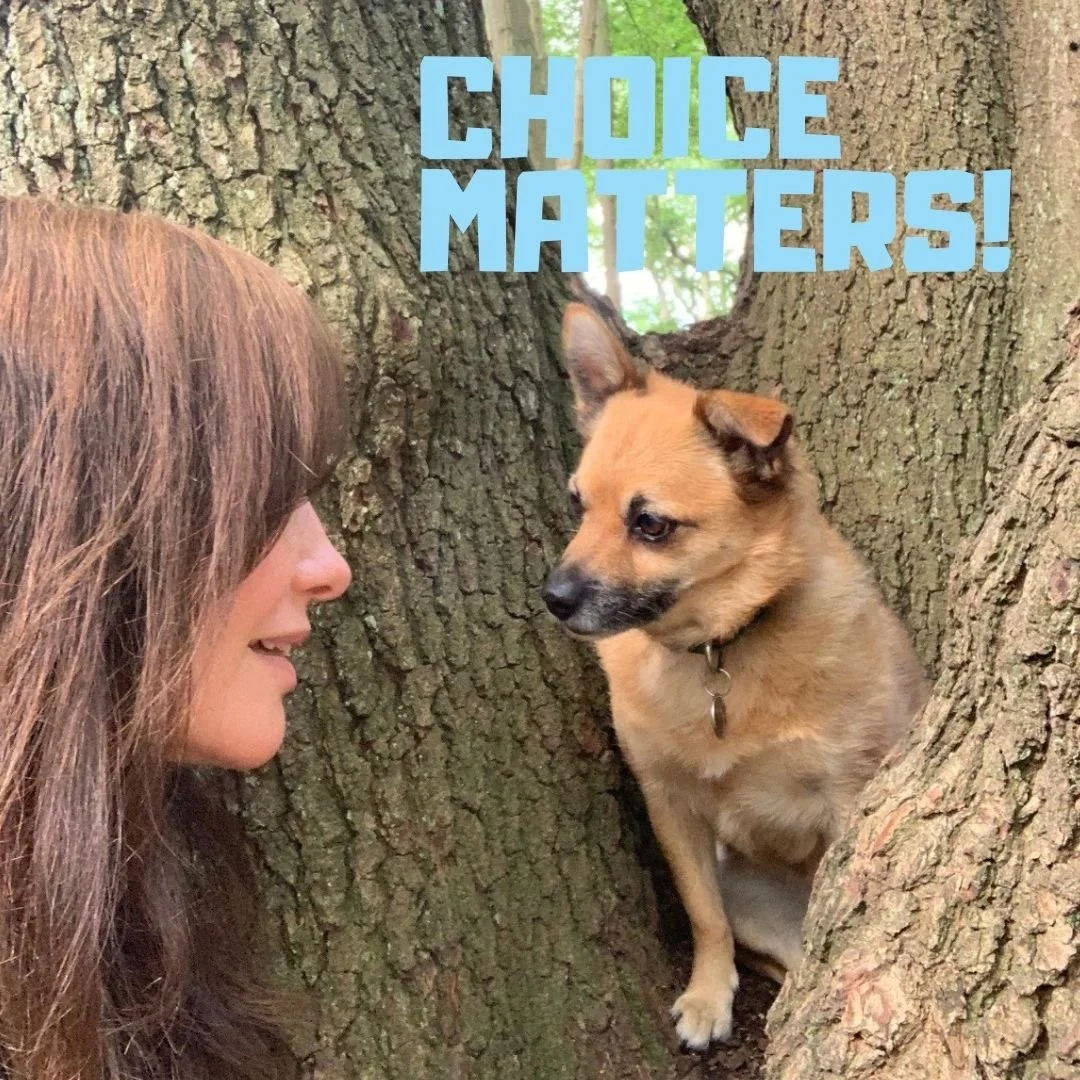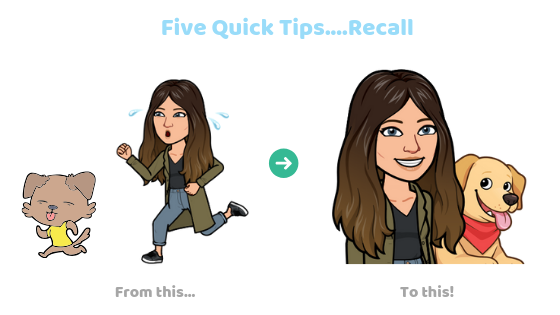One, or more, of these three reasons might just be why your dog won’t stop pulling on leash.
Albeit your very best efforts to patiently, and positively, train your dog to walk with you, rather than drag you sailing down every path or road.
Is your dog overwhelmed? This can be excitement, or fear, or frustration, or a bit of everything. And this happens often with young dogs, puppies and adolescent dogs.
Your dog may have some discomfort or pain and walking slowly, at your pace, could elevate the discomfort. Observe your dog’s gait: at the beginning of a walk, at the end, after they’ve been resting etc. Check in with your vet!
Are you expecting too much? Teaching a reliable loose leash walk takes time and dedication, don’t expect too much too soon from your young dog. Does your dog really have to walk by your side all the time? Try giving your dog a slightly longer leash (in the right environment), maybe they simply prefer walking a little ahead of you.
There are of course many other reasons why your dog may be pulling on leash and if you feel you could do with some help, please get in touch.












